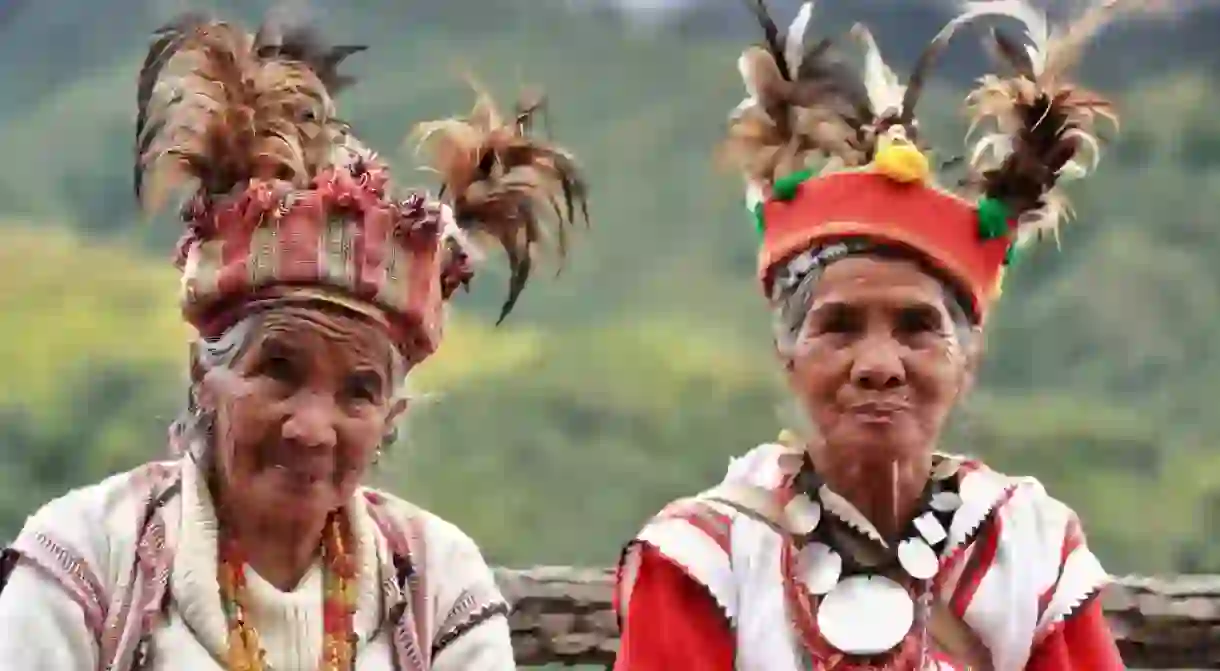A Guide to the Indigenous Tribes of the Philippines

With over 7,600 islands in the Philippines and three major island groups, it’s no wonder that different cultural practices, traditions, and groups are present in the country. Among the archipelago’s existing communities, there are indigenous tribes who have managed to keep their cultural identity, despite the non-recognition and marginalization they’re facing.
Although there are quite a number of indigenous tribes or ethnic groups in the country, they remain some of the most poor, least privileged, and impeded members of society. They mostly reside in the mountains, and hence were not affected by Spanish or American colonization, which is the primary reason they were able to retain their customs and traditions.
There are two main ethnic groups comprising several upland and lowland indigenous tribes living within the Philippines – from the northern and southern parts of the Philippines. The indigenous people living in the northern part of the country are called the Igorots, whereas those non-Muslim indigenous tribes living in the south are referred to as Lumad.
Igorot Tribes from the Northern Philippines

The Igorots, which comprises numerous tribes in the northern part of the country, are mostly residing in the mountain ranges of the Cordillera Region. They are popularly known for being rice cultivators. An assortment of the group called the Ifugaos built the Banaue Rice Terraces – frequently called the ‘eighth wonder of the world’. The ancestors of this indigenous tribe carved a system of irrigated rice terraces in the mountains of Ifugao more than 2,000 years ago.

The Igorot tribe also includes the Bontoc, Ibaloi, Isneg, Kalinga, Kankanaey and Tinguian groups. Other tribes living in the north are Isnag from Apayao, Gaddang (found between Kalinga and Isabela provinces), and the Ilongots living within the east mountains of Luzon called the Sierra Madre and the Caraballo Mountains. The Ilongots are known for their intense aggressiveness and cultural conservatism.
Lumad Tribes from the Southern Philippines

Meanwhile, in the southern part of the country, indigenous tribes are mostly found in Mindanao and Western Visayas. In Mindanao, these existing non-Muslim indigenous groups are collectively known as the Lumad – a Cebuano term which means ‘native’ or ‘indigenous’. There Lumad tribes comprise about 13 ethnic groups which are the Blaan, Bukidnon, Higaonon, Mamanwa, Mandaya, Manobo, Mansaka, Sangir, Subanen, Tagabawa, Tagakaulo, Tasaday, and T’boli. Their tribe is generally known for tribal music produced by musical instruments they’ve created.
Among those mentioned above, the Manobo tribe includes further big ethnic groups such as the Ata-Manobo, Agusan-Manobo, and Dulangan-Manobo to name a few. The total population of the Manobo group is unknown as they occupy core areas in main provinces of the Mindanao Region.
Other major tribes in the country
Apart from the two main indigenous groups mentioned above, the following tribes have also kept their customs and traditions.
Badjaos

Originally from the islands of Sulu in Mindanao, they’re known as the sea tribes living on houseboats. They try to make ends meet by depending on the sea as divers, fishermen, and navigators. Because of conflicts in the region, the majority of them has migrated to neighboring countries such as Malaysia and Indonesia, whereas those who stayed in the Philippines moved to some areas in Luzon.
Ati and Tumandok
One of the few clans in Visayas, the Ati and Tumandok tribes of Panay Island are the first to call the island their home. Genetically related to other indigenous groups in the country, they mostly resemble the Aetas or Negritos who are characterised by their dark skin. While some adopted Western religions, they still carry some animistic beliefs and rituals passed down by their ancestors.
Palawan Tribes
Palawan is also home to various tribes such as the Batak, Palaweño, Palawano, and the Tagbanwa. Mostly living in mountains or lowland dwellings, some of these groups have also been included in the large Manobo tribe of the South. They have not totally embraced urban living, with the majority living in more rural settings.
Mangyan

The Mangyans of Mindoro are well-known clans in the Philippines because they have the biggest populace. Comprising eight different Mangyan groups, they have a peaceful reputation, unlike the headhunting tribes of the North and warrior tribes from the South. While some has already converted into Christianity, there’s still a large percentage of those who practice animistic religious beliefs.
Aetas or Negritos

The Aetas (or Agta or Ayta) are one of the earliest known inhabitnats of the Philippines who are now living in scattered mountainous areas of the country. They were called by the Spanish colonizers as the ‘Negritos’ because of their dark to dark-brown skin. They are nomadic but are very skilled in weaving and plaiting, and Aeta women are considered experts in herbal medicine.
Today, the indigenous groups in the country remain in their original ancestral lands as they preserve their cultural practices and traditions. And while the Philippine government passed the Indigenous Peoples’ Rights Act of 1997, there are still issues left unsolved, including their right for inclusion.
Check out these amazing tours and excursions in the Philippines.













